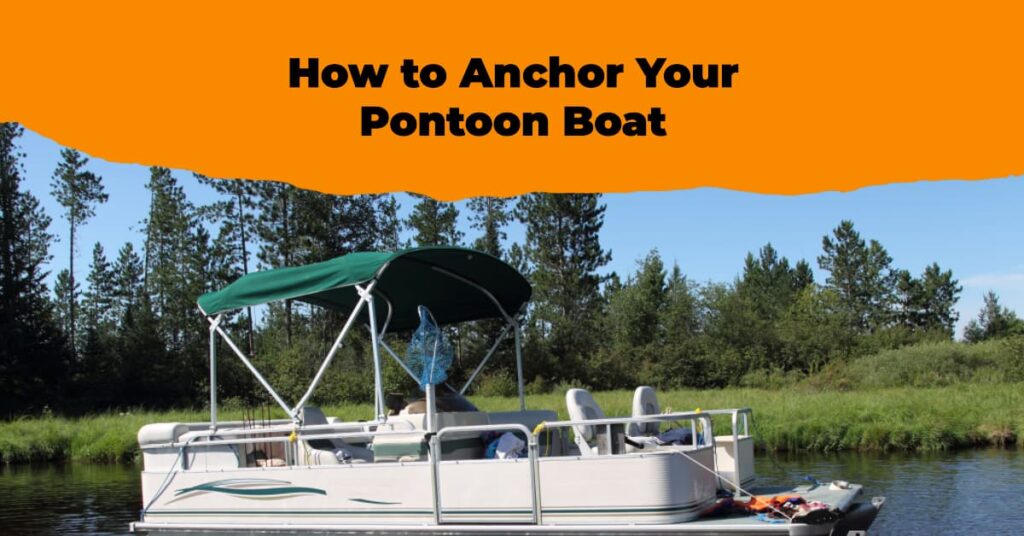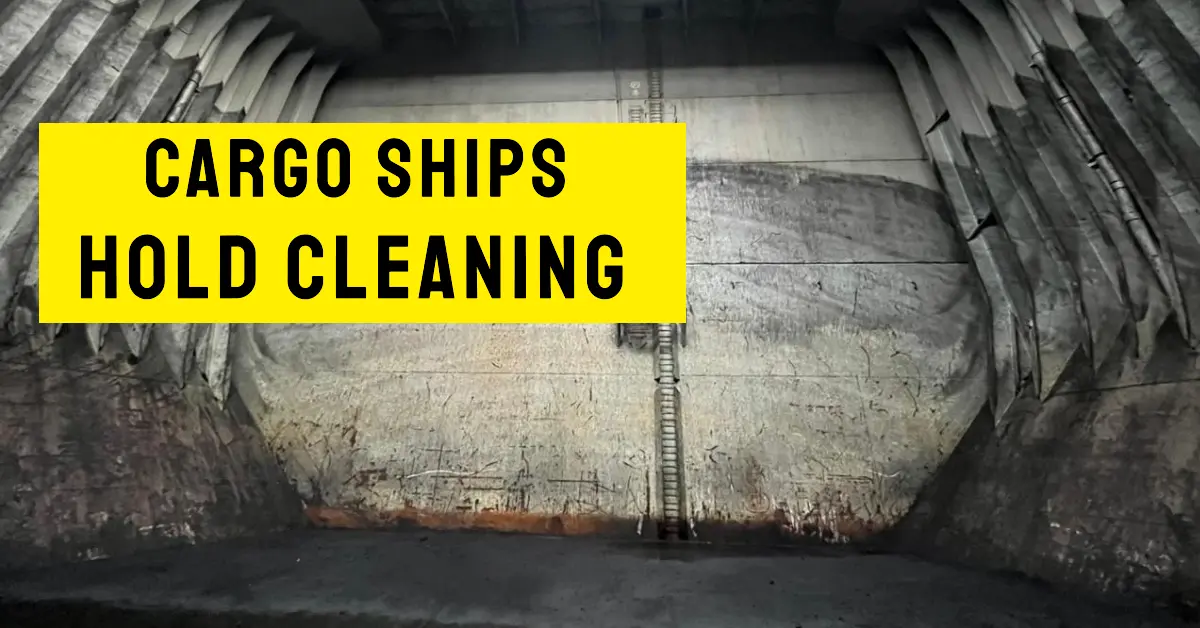One of the significant advantages of owning a pontoon is the abundant space it provides.
However, this extra room, coupled with the added buoyancy that makes it more stable in choppy waters, can make the anchoring process slightly more complex than with a standard boat.
It’s imperative to ensure that the anchor sets correctly to prevent unnecessary movement. Learn how to anchor your pontoon boat in a comprehensive five-step guide.
Key Takeaway
Anchoring a pontoon boat, while slightly more complex than standard boats due to its extra space and buoyancy, can be accomplished effectively in five steps:
- Preparation: Select your anchoring spot based on your needs, determine water depth, seabed characteristics, and calculate the anchor rode length needed.
- Anchor Deployment: When the boat is stationary and facing the wind or current, lower the anchor slowly into the water, allowing your boat to drift backward as the anchor descends.
- Maintain Rode Tension: Ensure continuous tension in the anchor rode to keep the boat oriented towards the anchor, thus avoiding rope and anchor entanglement. In rough waters or strong winds, forward gear might be required to control the direction and speed of the backward drift.
- Securing the Anchor: Once in the desired position, fasten the rode and allow the anchor to dig in. Monitor for drifting by frequently checking landmarks once the anchor is set.
- Anchor Retrieval: When it’s time to depart, lift the anchor vertically, ensuring it’s clean before bringing it on board to avoid damage and invasive species.
By adhering to these steps, you can effectively anchor your pontoon boat, ensuring a secure and enjoyable boating experience. Now lets dive a bit deeper and more detailed in each of the steps.

Step 1: Choose Your Spot and Prepare
Start by navigating to your chosen anchoring spot. This location will vary depending on your specific requirements. Ascertain the depth of the water and the seabed’s characteristics, and then compute the length of the anchor rode you’ll need to deploy.
The U.S. Coast Guard suggests using an anchor rode length five to seven times the water’s depth plus the distance from the water’s surface to the anchor’s attachment point. Secure the anchor to the cleat at the line point where you desire it to halt. Now, position your pontoon facing the stronger of the wind or current. Put your engine in idle and bring the boat to a standstill with the bow just ahead of your planned anchor drop point.
Step 2: Release the Anchor
When your pontoon is stationary, gradually lower the anchor into the water. Remember, never throw the anchor due to safety concerns and the increased risk of line entanglement.
As you’re facing the wind, your pontoon should begin to drift backward, enabling the anchor to descend and move away smoothly.
If your boat remains still when the anchor reaches the seabed, the chain may pile atop it, preventing it from properly digging in. Should your boat not move naturally, engage the engine in reverse and advance slowly while deploying the rode.
Step 3: Maintain Rode Tension
It’s crucial to keep tension in the anchor rode, ensuring your pontoon stays oriented towards the anchor, thereby preventing rope and anchor entanglement.
If you’re in rough waters or experiencing strong winds, you might need to shift the engine into forward gear to manage the direction and speed of your backward drift.
Step 4: Secure the Anchor
When you’ve achieved your desired position, it’s time to fasten the rode so the anchor can dig in. Double wrap the rode around a cleat. Feel for the anchor setting in, then switch the engine to idle reverse and gently back onto the anchor to ensure it’s firmly attached to the seabed.
Once set, identify significant landmarks and monitor them intermittently to ensure you’re not drifting.
Step 5: Retrieve the Anchor
When you’re ready to set sail, a properly set anchor should be easy to lift. Aim to raise the anchor as vertically as possible to avoid any damage to your pontoon. Thoroughly clean off any mud or debris before bringing the anchor aboard, especially in waters known to host invasive species.
In many scenarios, two anchors are recommended to prevent the pontoon from drifting. For secure anchoring, connect 3 to 4 feet of heavy chain directly to the anchor – the length of the chain should match the length of your pontoon.
For brief stops or fishing, a solely rope anchor rode or shorter chain should suffice. The chain’s purpose is to enable the anchor to tip over, acting as a shock absorber and preventing waves from pulling on the boat, which could cause the anchor to rise and dislodge.
First, drop the anchor from the middle of the pontoon’s bow to minimize resistance to water and wind and reduce the anchor’s pull. You can use the second anchor to prevent the pontoon from swinging, if necessary.
What Type Of Anchor Should Be Used On Pontoon Boat?
Choosing the right anchor for your pontoon boat is critical to ensure safe and secure anchoring. We have a detailed article on the best pontoon boat anchors and here is our quick overview.
There are several types of anchors suitable for pontoon boats, depending on the conditions and the nature of the seabed. Here are some of the most common ones:
1. Fluke Anchor (Danforth): This type of anchor is ideal for sandy and muddy bottoms, typical conditions for most pontoon boat owners. Fluke anchors offer a great holding power-to-weight ratio and can dig into the seabed effectively.
2. Box Anchor (Slide Anchor): Known for its easy deployment and retrieval, a box anchor is an excellent choice for pontoon boats. It doesn’t require a chain and holds well in a variety of bottom conditions, including hard, grassy, or rocky bottoms.
3. Mushroom Anchor: Best suited for soft, muddy bottoms, mushroom anchors get their name from their shape. They’re less effective in rocky or heavily weeded areas but are excellent for permanent moorings for pontoons.
4. Plow Anchor: Plow anchors perform well in various seabed conditions, including sand, mud, and rock. They’re known for their ability to reset themselves if the wind or current changes direction.
5. Grapnel Anchor: Typically used as a secondary anchor, grapnel anchors are ideal for rocky or heavily weeded bottoms due to their design.
In summary, the best type of anchor for a pontoon boat largely depends on where you plan to use it and the nature of the seabed. Always remember, regardless of the type, an anchor should be sturdy, rust-resistant, and easy to deploy and retrieve.
- Comprehensive Guide to Hold Cleaning for Cargo Ships: Ensuring Maritime Safety and Efficiency – October 19, 2024
- Responsibilities of a Fourth Engineer on Cargo Ships – September 10, 2024
- The Role of Cargo Ships in Global Trade – August 22, 2024




